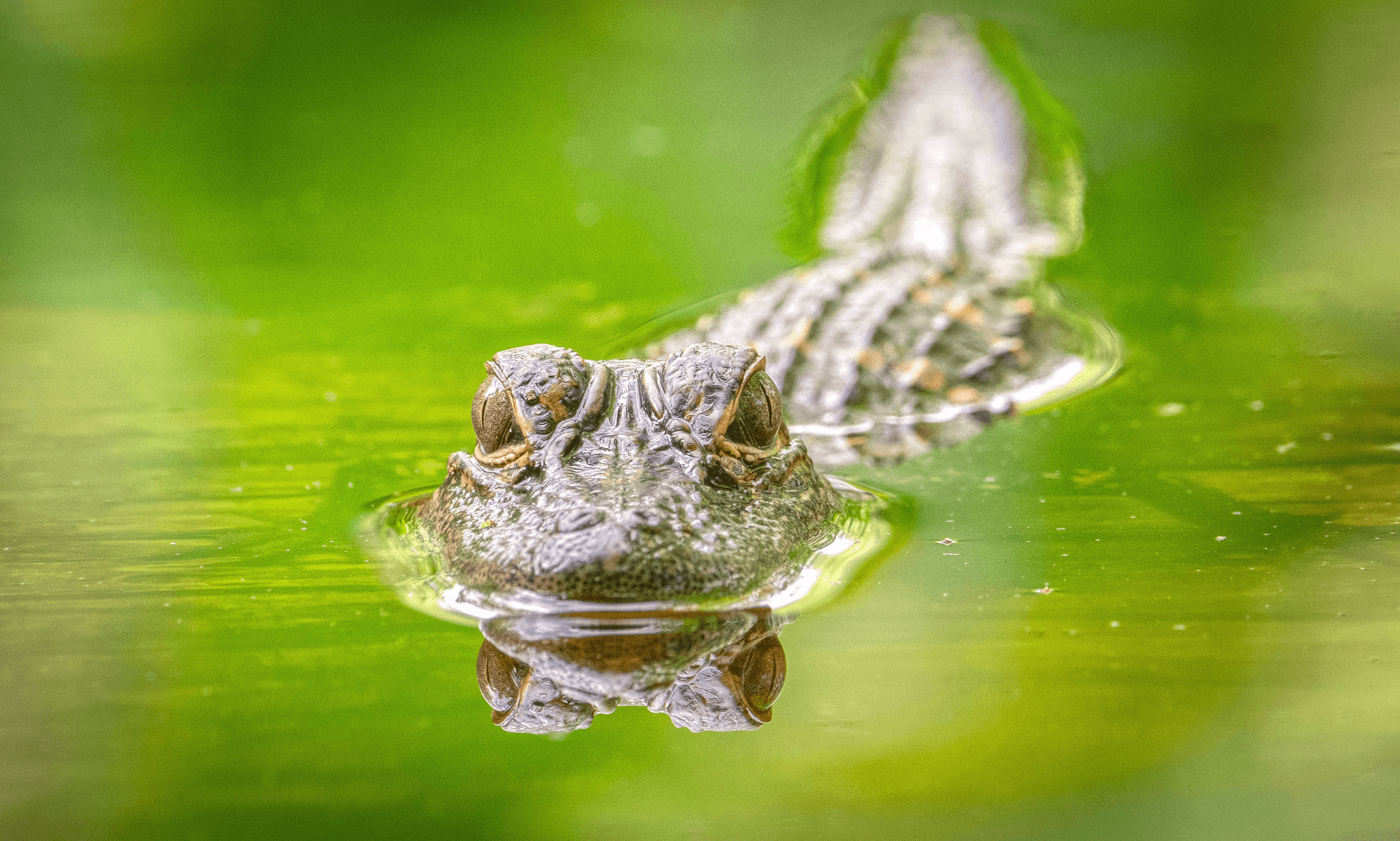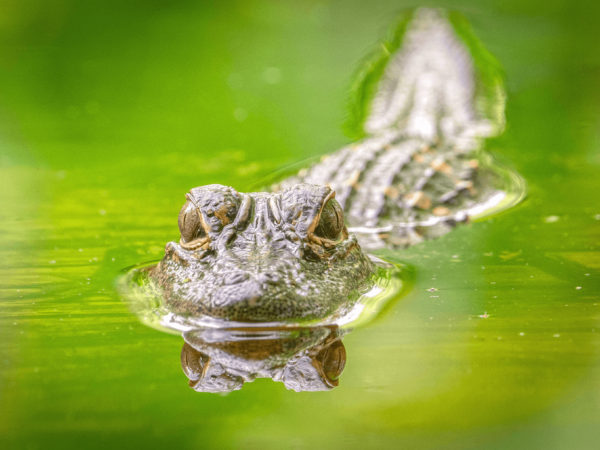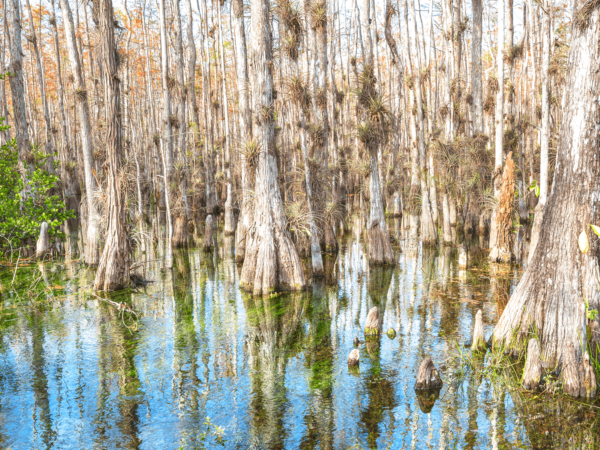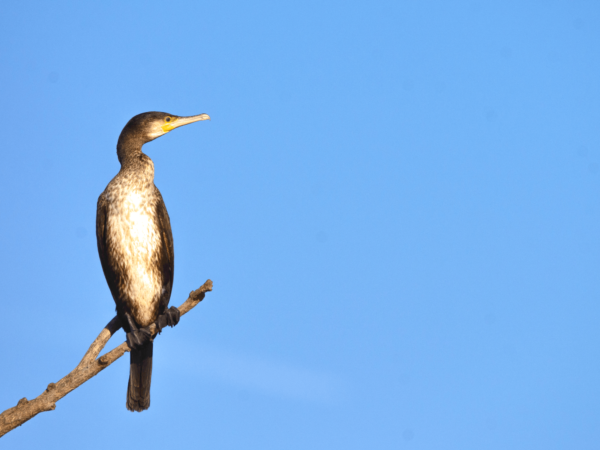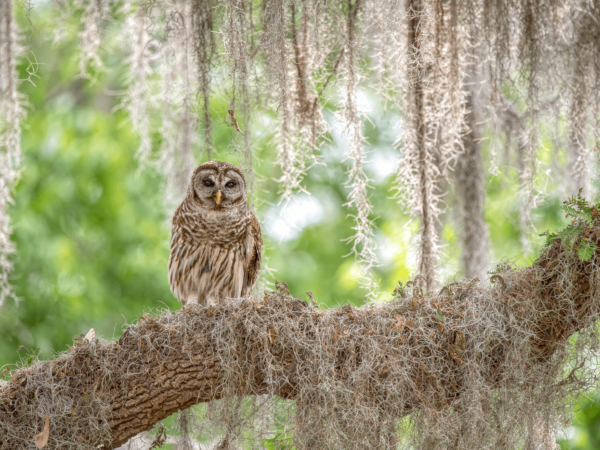The Refuge is home to a great diversity of butterfly species; up to 55 different types have been documented during annual butterfly counts. With abundant, naturally occurring plants that provide food for caterpillars and nectar for adult butterflies, wetlands like these create prime butterfly habitat.
Butterflies, like many other insects, are pollinators. As they sip the nectar they spread pollen from flower to flower. Without this service, the plants could not reproduce.
Butterflies undergo a metamorphosis in their life cycle. They are at the base of the food web, with some becoming a source of food, especially as caterpillars, for birds and other animals. Others will survive to lay eggs, repeating the growth cycle from egg, to caterpillar, to pupa, and finally to butterfly.
One of the more distinctive butterfly species found on the Refuge is the White Peacock. These delicate cream colored butterflies with beautiful brown markings, fly low to the ground. There are five different species of Swallowtails found on the Refuge; these are large black butterflies with different patterns of yellow and white markings. Ruddy Daggerwings, with their burnt orange color are a favorite for visitors as they stroll along our Cypress Swamp boardwalk.
In the shady parts of the Refuge you are almost sure to see our state butterfly, the Zebra Longwing. Its long wings are marked with a yellow and black pattern. And it has a very slow fluttering flight. It is found all year because, unlike most other butterflies, it lives for many months. This is because it eats pollen in addition to nectar. The pollen has fats and proteins but nectar only contain sugars and do not make a complete diet.
Two of the adaptations that aid in animal survival, are camouflage and mimicry. Many animals on the Refuge, including insects such as grasshoppers, use camouflage to help them blend into their habitats. This allows them to consume food without being seen and thereby prevents them from becoming food for another animal. Mimicry is another form of adaptation, where one animal tries to copy the behavior or look of a more poisonous animal to scare off a predator.
Some butterflies are particularly adept at mimicry. Monarchs, queens and soldiers, are known as the milkweed butterflies because they all feed on the milkweed plant. Milkweed contains a poisonous sap that makes these butterflies unpalatable. At one taste, birds learn to avoid them. The Viceroy, with its orange color and distinctive black markings, mimics these three milkweed butterflies, but it does not feed on milkweed. However, it is equally unpleasant to the taste, with its caterpillars feeding on the Willow tree, the source of the acid that goes into aspirin. Each of these butterflies is provided extra protection as a result of mimicking one another.
Butterflies and their insect relatives are very fascinating animals. Here at the Refuge they are easily observed and especially abundant. Enjoy observing these animals throughout the Refuge in all of their different colors, shapes and sizes!


